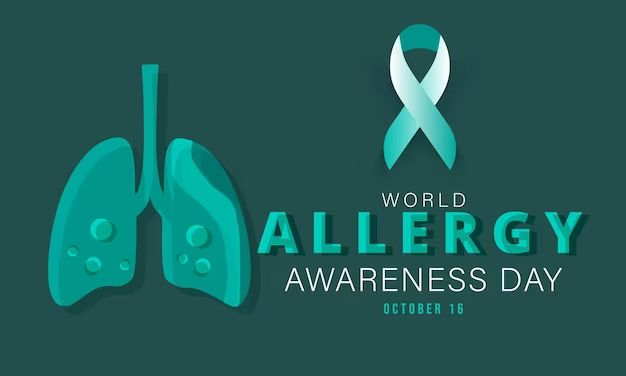Food allergies affect millions of people worldwide and can range from mild to life-threatening. Some advocacy groups have adopted colors to help raise awareness about different types of food allergies. Teal is sometimes associated with food allergies, but its use is not as widespread as for some other causes. Here we’ll explore the connections between teal and food allergy awareness.
What is food allergy awareness?
Food allergy awareness involves efforts to educate the public about food allergies, promote inclusion and safety for those affected, and advance research to improve diagnosis and treatment. Some key facts about food allergies:
- It’s estimated that up to 8% of children and 10% of adults have food allergies.
- The top 8 food allergens are milk, eggs, peanuts, tree nuts, soy, wheat, fish, and shellfish.
- Food allergy reactions can range from mild symptoms like hives to the life-threatening reaction anaphylaxis.
- Currently the only treatment is strict allergen avoidance and having epinephrine on hand in case of anaphylaxis.
- About 40% of children with food allergies have experienced bullying related to their condition.
Raising awareness helps promote safety and inclusion for those living with food allergies. It also highlights the need for more research to improve diagnosis, treatment options, and quality of life.
How are colors used for awareness causes?
Many health and social causes have adopted representative colors to help promote awareness. Some examples:
| Color | Awareness Cause |
|---|---|
| Pink | Breast cancer |
| Red | Heart disease |
| Orange | Leukemia |
| Purple | Alzheimer’s |
These colors help create a visual identity for the cause and are used in awareness events, educational materials, fundraising campaigns, and more. Adopting an official color helps advocates easily promote their message to the public.
Is teal connected to food allergy awareness?
Teal is not as strongly associated with food allergy awareness as some colors are with other causes. However, there are some links between teal and food allergies:
- The Food Allergy Research & Education (FARE) organization uses teal in its branding and materials. FARE is a major food allergy advocacy group in the U.S.
- The UK group Allergy UK has used teal in some of its food allergy campaigns.
- Some fundraising events like the Teal Pumpkin Project that promotes food allergy inclusion have used teal decorations.
- Teal appears occasionally on food allergy educational materials and awareness products.
While teal has been used in food allergy contexts, it is not as widely adopted as the color blue is for food allergy awareness:
- Many major food allergy groups like Food Allergy Canada use blue as their primary branding color.
- The color blue is often used in materials for Food Allergy Awareness Week and Month.
- Blue is sometimes used in product packaging to indicate allergen-free status.
Teal is seen periodically in food allergy advocacy efforts, but blue has broader use and recognition as the main color representing food allergy awareness.
When is teal used for other causes?
Although teal has some limited associations with food allergies, it is used more widely for other health and social causes. Some examples of teal awareness campaigns include:
- Ovarian cancer – Teal is the representative color of ovarian cancer awareness. Advocacy groups use teal in their branding, materials, and awareness events.
- Sexual assault – April is Sexual Assault Awareness Month and teal is used in associated campaigns and materials.
- Scoliosis – June is National Scoliosis Awareness Month and the cause uses teal coloring.
- Polycystic Ovary Syndrome – PCOS groups have adopted teal to promote awareness of this common condition.
Teal is more strongly associated with those causes rather than food allergy awareness. However, some crossover in use of the color teal among different advocacy organizations is common.
Conclusion
In summary, while teal is sometimes used in food allergy contexts, it is not considered the main representative color of food allergy awareness. Blue has wider use and recognition for food allergy advocacy and education efforts. Teal sees more frequent use for other health conditions like ovarian cancer and polycystic ovary syndrome. However, colors are not exclusively owned by any one cause, so teal may occasionally appear in food allergy materials. When seeing the color teal, it’s more likely to be connected to other awareness campaigns rather than food allergies specifically.


